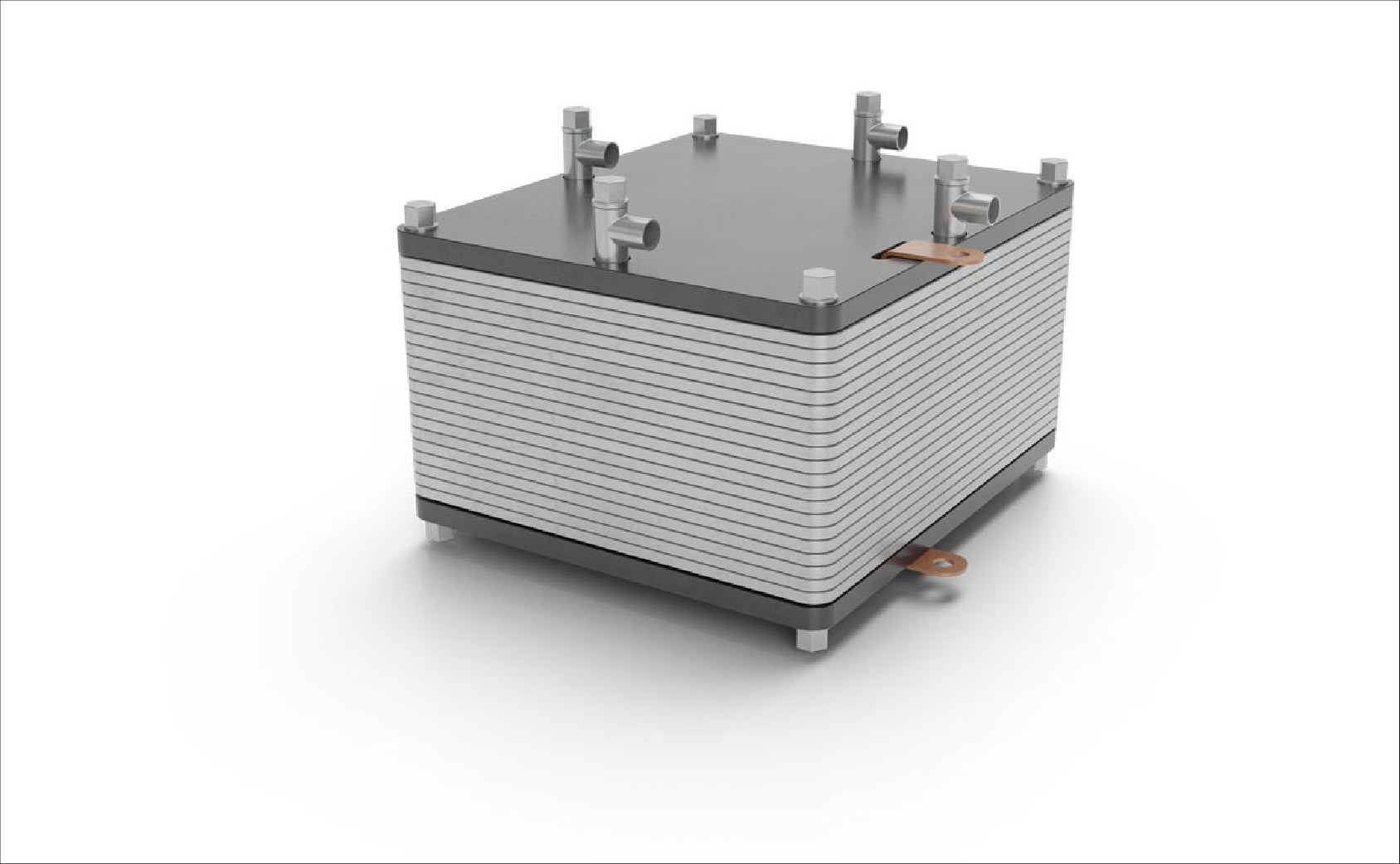California’s Strategic Approach to SOFC Integration in Data Centers, Industries, and Residential Applications

California has established itself as the leading state in the U.S. Solid Oxide Fuel Cell (SOFC) market, driven by a combination of progressive energy policies, strategic industrial collaborations, extensive research and development initiatives, and a growing demand for clean and efficient energy solutions.
California solid oxide fuel cell market was valued at USD 187.30 million in 2023 and is estimated to reach a value of USD 820.92 million by 2030 with CAGR of 25% during the forecast period.
The state’s proactive approach to environmental sustainability and its commitment to reducing greenhouse gas emissions have created a favorable environment for the deployment of advanced energy technologies, particularly SOFC systems. Unlike traditional combustion-based power generation methods, SOFCs provide high electrical efficiency, low emissions, and versatility in fuel use, including natural gas, hydrogen, and biogas. This makes them particularly well-suited for California’s ambitious clean energy targets and stringent environmental regulations. Over the past decade, the state has emerged as a testing ground and adoption hub for distributed energy systems, with increasing integration of SOFC technology across residential, commercial, and industrial sectors to meet power needs while adhering to emission standards.
A key factor contributing to California’s leadership in the SOFC market is its comprehensive policy and incentive framework. Programs like the Self-Generation Incentive Program (SGIP) have played a crucial role in promoting distributed energy resources, including fuel cell installations. Through SGIP, companies such as Bloom Energy and other fuel cell manufacturers have received rebates to lower the high upfront capital costs associated with SOFC systems, making adoption more feasible for commercial and industrial users.
Additionally, initiatives from the California Air Resources Board (CARB), such as the Zero Emission Assurance Project (ZAP) and the Clean Vehicle Rebate Project, provide incentives for zero-emission technologies, including fuel cells, in commercial fleets and critical infrastructure applications. These programs not only mitigate financial barriers but also foster a strong regulatory push toward clean power generation, further enhancing market confidence and encouraging new entrants.
California’s leadership is also evident in its emphasis on strategic collaborations and large-scale deployments. Leading SOFC manufacturers have partnered with technology-driven corporations, utility providers, and local governments to implement pilot projects and full-scale installations across various sectors. For instance, Bloom Energy has successfully deployed SOFC systems in data centers, commercial buildings, and industrial facilities statewide, underscoring the technology’s capability to deliver reliable, uninterrupted power for mission-critical operations.
These partnerships demonstrate the effectiveness of SOFC technology and stimulate market growth by providing replicable successful deployment models for other organizations. Furthermore, California’s status as a hub for technological innovation, research institutions, and venture capital funding cultivates a supportive ecosystem for the development of next-generation SOFC solutions, including modular and scalable systems for diverse applications.
Infrastructure development in California further bolsters its market leadership. The state has made substantial investments in hydrogen fueling infrastructure, which is essential for hydrogen-fueled SOFC systems. While challenges persist in expanding the hydrogen network statewide, ongoing initiatives are aimed at increasing the number of fueling stations and facilitating supply chain development, thereby promoting broader adoption of hydrogen-powered fuel cells. Additionally, California’s energy grid modernization efforts, encompassing microgrid projects and the integration of renewable energy sources, create favorable conditions for the efficient operation of SOFC systems alongside solar and wind power. This integration is particularly critical for sectors such as commercial enterprises, data centers, and industrial plants, where a continuous power supply is essential, and the synergy of SOFCs with renewables enhances both energy reliability and environmental sustainability.
Market dynamics in California indicate a robust and growing demand for SOFCs across commercial, industrial, and residential segments. Commercial establishments, such as office complexes, retail centers, and urban infrastructure, constitute the largest share of adoption due to their significant energy consumption and need for uninterrupted power. Industrial users, including manufacturing plants and critical process facilities, embrace SOFCs for their high efficiency and low emissions, aligning with state regulations.
Residential adoption, while smaller in scale, is on the rise fueled by incentives and the appeal of small-scale combined heat and power (CHP) systems. Trends such as decarbonization goals, corporate sustainability initiatives, and escalating electricity costs further promote the deployment of SOFCs as a reliable, environmentally friendly alternative to conventional power sources.